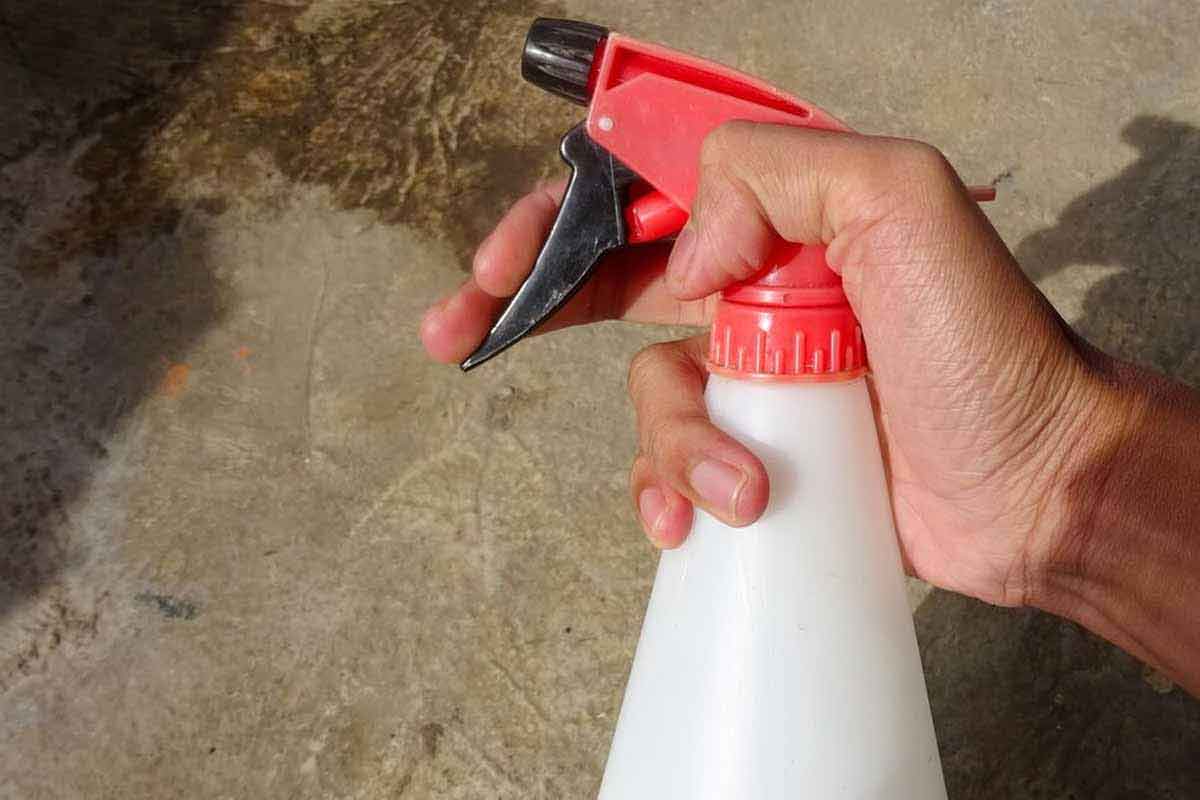White vinegar sounds boring, but it’s the small bottle that changes your whole fall routine. Spiders pop up, nerves spike, and you want an answer that isn’t toxic. You don’t need smoke bombs, just smarter habits and a kinder spray. Let’s make your place calm again, without turning the house into a lab.
Why you’re seeing more eight-legged guests
September rolls in, and the house starts feeling busy at night. That’s mating season, peaking through early November. Cooler air outside nudges visitors in through hairline gaps and tired weatherstripping. They slip along baseboards, settle in corners, and stitch quiet webs behind furniture. You clean, they return, and it feels personal. It isn’t. They’re following air, warmth, and the promise of small prey. A gentle spider deterrent helps, but so does a map of entry points. Walk the rooms with fresh eyes. Touch window frames, door seals, and vents with a finger. If you feel a draft, a spider can stroll through. A little caulk does more than any spray. When that’s done, keep a simple spritz handy—yes, including white vinegar—and set a quick weekly circuit.
- Check windowsills, thresholds, and the back of appliances.
- Lift frames and dust the hidden edge.
- Clear clutter where crumbs and flies tend to gather.
- Seal the quarter-inch gaps you always mean to fix.
The kitchen staple that sends them packing
Here’s the part that feels oddly satisfying. The same liquid that melts limescale doubles as a calm spider deterrent. Spiders taste the world with their legs. Strong odors scramble those tiny sensors, like static in headphones. White vinegar hits that signal fast, and they pivot away. You’re not nuking the room. You’re nudging behavior with something you already trust in your sink caddy.
Mix a bottle in seconds: equal parts white vinegar and water. That’s it. No dyes, no harsh fumes, no mystery label. Keep one for inside, one for the porch. The goal isn’t drowning webs. The goal is building a scent line they don’t want to cross. Use it as a soft barrier, refreshed on your schedule, not theirs.
- Label the bottle clearly and stash it near the door.
- Add a date strip so you remember refills.
- Slip cotton gloves in the caddy to avoid streaks on frames.
How to spray without fuss—or damage
You can do this in under five minutes. Start where spiders love to test the perimeter. Spritz lightly, let it kiss the surface, and move on. Think perimeter, then pockets. A fine mist is enough; puddles invite smudges. Skip varnished or polished wood—vinegar can dull the sheen over time. For those spots, spray a cloth first, or choose another spider deterrent. Keep the routine tiny and repeatable, and you’ll actually stick with it.
- Door frames, baseboards, and window ledges: light pass with white vinegar mix.
- Behind the sofa and under radiators: quick sweep, then a mist.
- Patio edges and garden paths: refresh after rain with white vinegar and water.
- Bathroom corners and closet floors: short burst, close the bottle, done.
If you miss a week, don’t spiral. Start again. This works by rhythm, not brute force. Pair the spritz with a crumb sweep and one minute of dusting. Fewer flies mean fewer hunters. That’s a quiet win you can feel.
Not into the vinegar scent? go botanical
Some noses just can’t with sharp notes. Good news—you have options that play nice with the same strategy. Peppermint is a favorite. Strong, clean, and head-clearing for you, overwhelming for them. Load a spray bottle with water and 15–20 drops of peppermint oil. Treat the same entry points. Or tuck oil-soaked cotton balls on windowsills and inside closets. Replace them when the scent fades. It’s another friendly spider deterrent, and it doubles as a room refresher. Eucalyptus and tea tree carry similar punch if peppermint isn’t your thing.
Plants can help at the edges, too. Place scented varieties near doors to build a wider scent halo. Keep in mind, nothing beats sealing gaps and keeping crumbs scarce. Those two moves starve the web before it starts. A final touch: fit felt bumpers on the backs of frames to lift them off the wall. That tiny gap improves airflow and ruins a cozy spider deterrent zone in one go.
Make a five-minute fall habit
You don’t need a weekend overhaul. You need a loop you barely notice. Put the spray next to the doormat. Nab the corners on your way out with a single pass. Refill the bottle when it’s half full so you never run dry. If the smell lingers, crack a window for five minutes and it vanishes. The tradeoff is worth it: a calmer hallway, a quieter bathroom, and fewer surprises under the laundry shelf.
Here’s an easy cadence that actually sticks:
- Monday: doors, thresholds, patio slider with white vinegar mix.
- Wednesday: windowsills, baseboards, closet floors.
- Friday: behind appliances, under the sink, laundry nook.
- After rain: outdoor steps and garden paths with white vinegar barrier.
You’ll notice the shift within a week. Fewer threads in corners. Less flitting from tiny gnats. The house feels lighter. Keep the bottle in rotation and celebrate the small wins. If a web appears, don’t overreact; that’s life. Clear it, respray, move on. Between a steady spider deterrent, sealed seams, and quicker tidying, your rooms stay yours. And that little bottle of white vinegar earns its place on the shelf, again and again.
